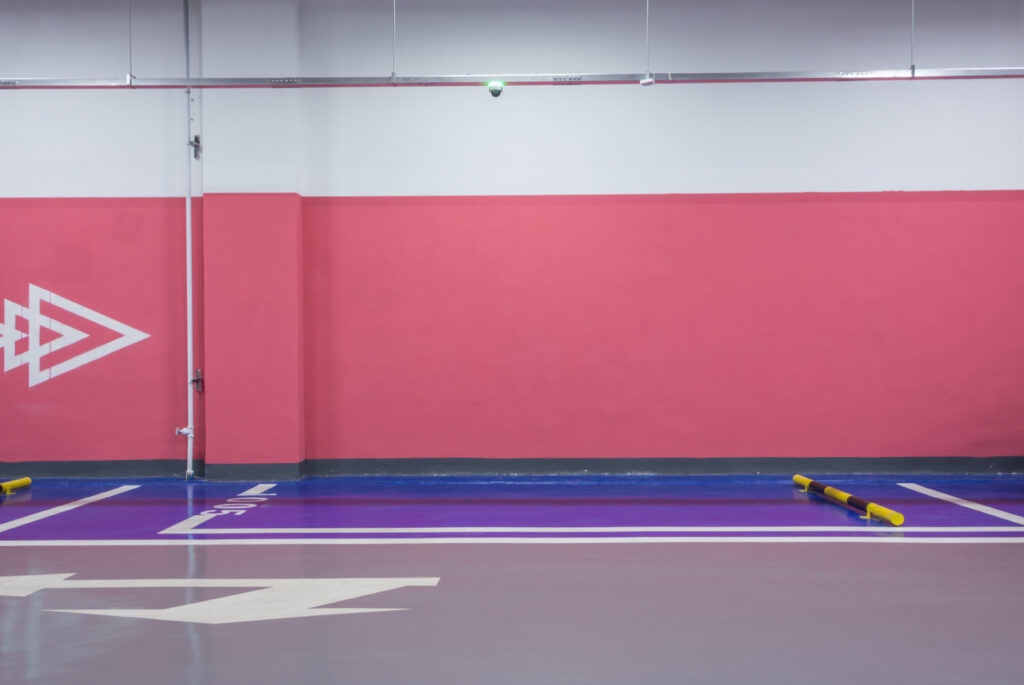Business Planning & Strategy, Financial Models
Crossfit Gym Business: Costs, Revenue Potential & Profitability
CrossFit gyms operate in a loyalty-rich, operationally lean segment of the fitness industry. With high member engagement and strong brand affinity, CrossFit boxes enjoy strong per-member revenue and referral-based growth. However, profitability is often constrained by space inefficiency, instructor overstaffing, and underutilized scheduling. Long-term success requires disciplined class structuring, yield-maximized memberships, and monetization beyond WODs (Workouts of the Day).
Asset Configuration
CrossFit gyms (“boxes”) require open training floors, minimal fixed equipment, and durable finishes. Standard layout includes 1–2 open workout zones, rig systems, storage for barbells, kettlebells, boxes, and a small reception/retail area. Total area: 2,000–5,000 sq. ft., ideally in low-cost, light industrial spaces.
| Asset Category | Cost Range (USD) | Notes |
|---|---|---|
| Rig Systems & Racks | $20,000 – $40,000 | Pull-up rigs, squat racks, wall ball targets |
| Flooring & Build-Out | $15,000 – $35,000 | Rubber flooring, turf lanes, wall protection |
| Equipment (Bars, Bumpers) | $25,000 – $50,000 | Barbells, bumper plates, boxes, kettlebells, bikes, etc. |
| Reception & Admin Area | $5,000 – $10,000 | Check-in station, POS, branded signage |
Total CapEx for a well-equipped box: $65,000 – $135,000, depending on square footage and equipment depth. Renovated warehouse leases or subleased commercial space offer strong cost-to-capacity efficiency.
Revenue Model
Revenue is membership-driven, with most gyms offering tiered unlimited and partial-use plans. Average membership ranges from $150–$200/month for unlimited access, with 2–3 visits/week packages priced at $120–$140/month.
Incremental revenue comes from personal training ($70–$100/hour), intro programs (e.g., “On-Ramp” $100–$200), merchandise, nutrition coaching, and competitions. Some gyms monetize off-peak capacity via team rentals or sport-specific training (e.g., youth athletes, firefighters).
Annual Revenue Potential for a 3,000 sq. ft. Urban Box
| Revenue Stream | Volume Assumption | Annual Revenue (USD) |
|---|---|---|
| Memberships | 180 members @ $160/month avg. | $345,600 |
| On-Ramp/Foundations Program | 20 intakes/month @ $150 avg. | $36,000 |
| Private Coaching | 15 sessions/week @ $80 avg. | $62,400 |
| Merchandise & Supplements | $800/week avg. | $41,600 |
| Competitions & Events | 4/year @ $5,000 net each | $20,000 |
| Total | $505,600 |
Elite gyms with >250 members and tiered revenue streams can exceed $700K annually. Under-optimized gyms with high churn and poor upselling often cap at $250K–$350K.
Operating Costs
Labor and rent dominate the cost structure. Instructors are usually paid per class ($25–$50), revenue share, or part-time salaries. Successful gyms operate lean, with 2–3 full-time equivalents (coaches + admin) and a part-time bench for weekends and coverage.
| Cost Category | Annual Cost (USD) |
|---|---|
| Coach Compensation | $150,000 – $175,000 |
| Rent & Utilities | $80,000 – $100,000 |
| Admin & Front Desk | $30,000 – $40,000 |
| Marketing & Acquisition | $25,000 – $35,000 |
| Insurance & Compliance | $15,000 – $25,000 |
| Equipment Maintenance | $10,000 – $15,000 |
| Software & Tech Stack | $5,000 – $10,000 |
| Total | $315,000 – $400,000 |
Well-managed gyms achieve 30–35% EBITDA margins. Poor coach scheduling, underfilled classes, or overreliance on unlimited plans without engagement tracking depress profitability.
Profitability Strategies
Revenue per class-hour (RevPCH) and churn rate (<5% monthly) are critical. A target RevPCH of $175–$225 with class occupancy >80% drives margin. Avoid excess frequency at the expense of fill rate—fewer, fuller sessions deliver higher margins.
Intro programs (“On-Ramp”) increase conversion and reduce early churn. Standardizing onboarding and programming allows for class scalability and instructor leverage. Upselling personal coaching or specialized programs (Olympic lifting, mobility, nutrition) raises ARPU by 15–25%.
Retention is driven by community, therefore track WOD progress, celebrate milestones, and integrate social elements (e.g., member shoutouts, fitness challenges). Referrals and performance tracking (e.g., leaderboards, progress benchmarks) increase LTV and price tolerance.
Cost-side, use hybrid coaching models (e.g., part-time + salaried head coach), automate billing/scheduling, and cross-train coaches to cover front desk/admin. Equipment should be durable and modular to defer replacement CapEx.
So what?
A CrossFit gym is not a traditional fitness facility, but rather a high-frequency, retention-anchored coaching business. Profitability depends on optimized class density, structured onboarding, and community-driven retention, not volume alone. Operators who productize the experience, upsell intelligently, and manage coaching labor with precision can achieve >30% EBITDA margins with <$150K CapEx. This is a business of structured effort, disciplined delivery, and scalable impact and not just sweat and barbells.

Are you considering opening your Crossfit Gym business? Download the comprehensive Crossfit Gym Business Financial Model Template from SHEETS.MARKET to simplify your financial planning. This tool will help you forecast costs, revenue, and potential profits, making securing funding and planning for success for your crossfit gym business easier.



